Wine and cheese pairing is a delightful culinary art that has been cherished for centuries. The harmony between the flavors, textures, and aromas of wine and cheese can elevate your dining experience to new heights. In this comprehensive guide, we will delve into the intricacies of wine and cheese pairing, exploring the principles, techniques, and best practices to master this timeless indulgence.
What to know?
The Fundamentals of Pairing
Pairing wine and cheese is an art as much as it is a science. At its core, the goal is to create a complementary balance between the characteristics of the wine and cheese. This involves considering factors such as flavor intensity, acidity, sweetness, and texture.
Wine and Cheese Interaction
The interaction between wine and cheese can be categorized into several key components:
- Flavor Matching: Finding wines that harmonize with the flavors of the cheese, whether it’s the nuttiness of aged cheese or the tanginess of blue cheese.
- Texture Contrast: Balancing the creamy richness of cheese with the crisp acidity or tannins of wine, creating a harmonious mouthfeel.
- Regional Pairings: Exploring traditional pairings based on the geographical origins of both wine and cheese, which often share complementary flavor profiles.
Pairing by Cheese Types
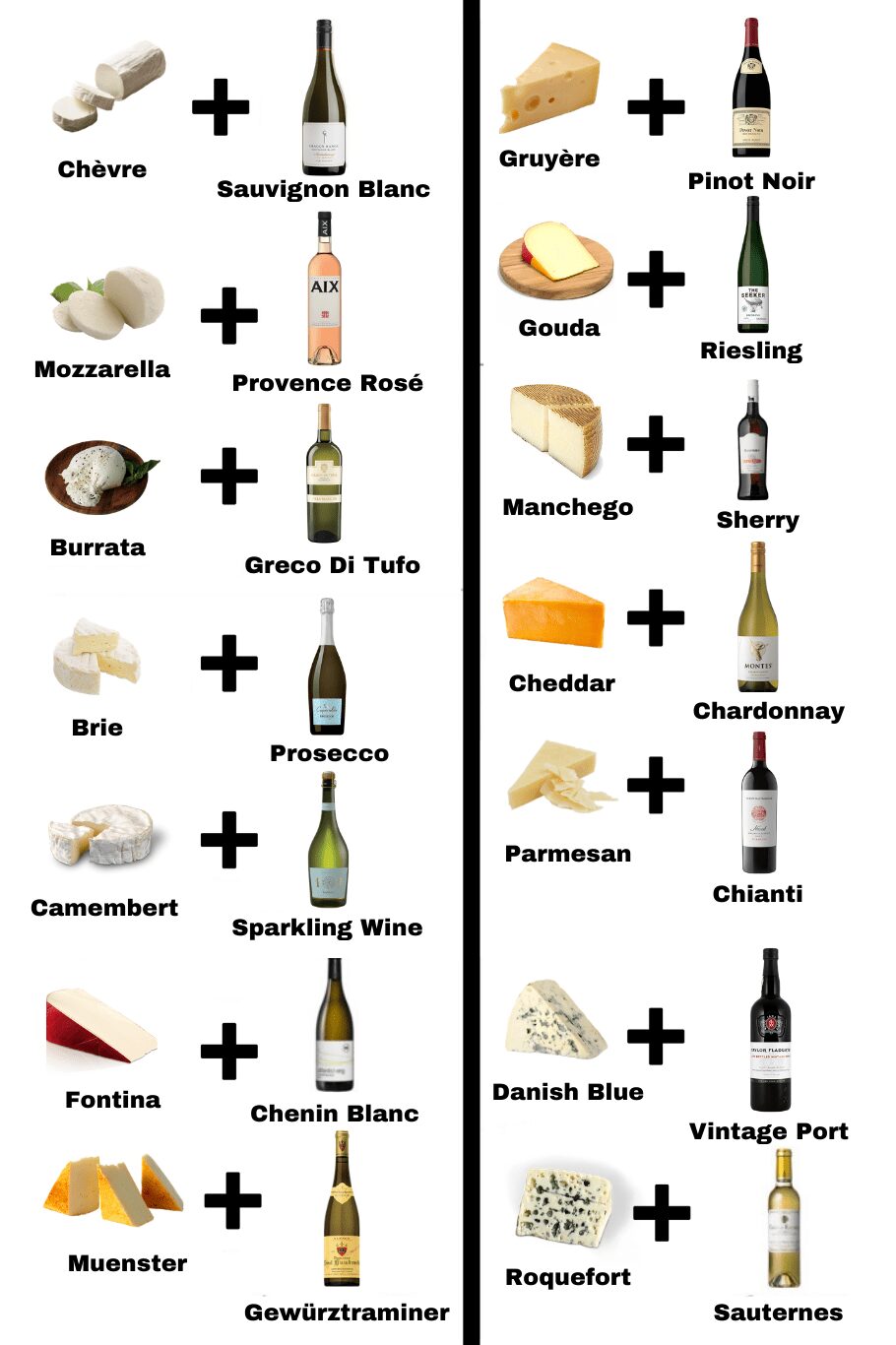
Hard Cheese
Hard cheeses such as cheddar, Parmigiano-Reggiano, and Manchego are versatile and pair well with medium-bodied red wines like cabernet sauvignon or rioja. Additionally, the combination of cheddar and chardonnay offers a delightful contrast of flavors.
Soft Cheese
Soft cheeses like brie and camembert are best accompanied by fruity red wines such as pinot noir or Beaujolais. Rosé also complements the delicate flavors and creamy textures of soft cheeses.
Blue Cheese
The bold and pungent flavors of blue cheeses like Stilton and Roquefort are beautifully offset by sweet wines such as Sauternes or port. For a unique twist, try pairing blue cheese with sloe gin or sweet sherry, or even a robust stout.
Goat Cheese
The tangy and fresh notes of goat cheese are complemented by crisp white wines like sauvignon blanc or Provençal rosé. A fruity red such as Beaujolais can also accentuate the subtle flavors of goat cheese.
Washed-Rind Cheese
Washed-rind cheeses, known for their pungent aroma and creamy texture, pair surprisingly well with crisp white wines or strong Belgian-style ales. Despite their bold flavors, these cheeses can be balanced with the right choice of beverage.
Melted Cheese
Classic melted cheese dishes like fondue and raclette present a unique challenge for pairing. Crisp or aromatic white wines from the regions where these dishes originate offer a complementary contrast to the rich and gooey textures of melted cheese.
Exploring Wine Varietals and Cheese Pairings
Cabernet Sauvignon and Bordeaux Blends
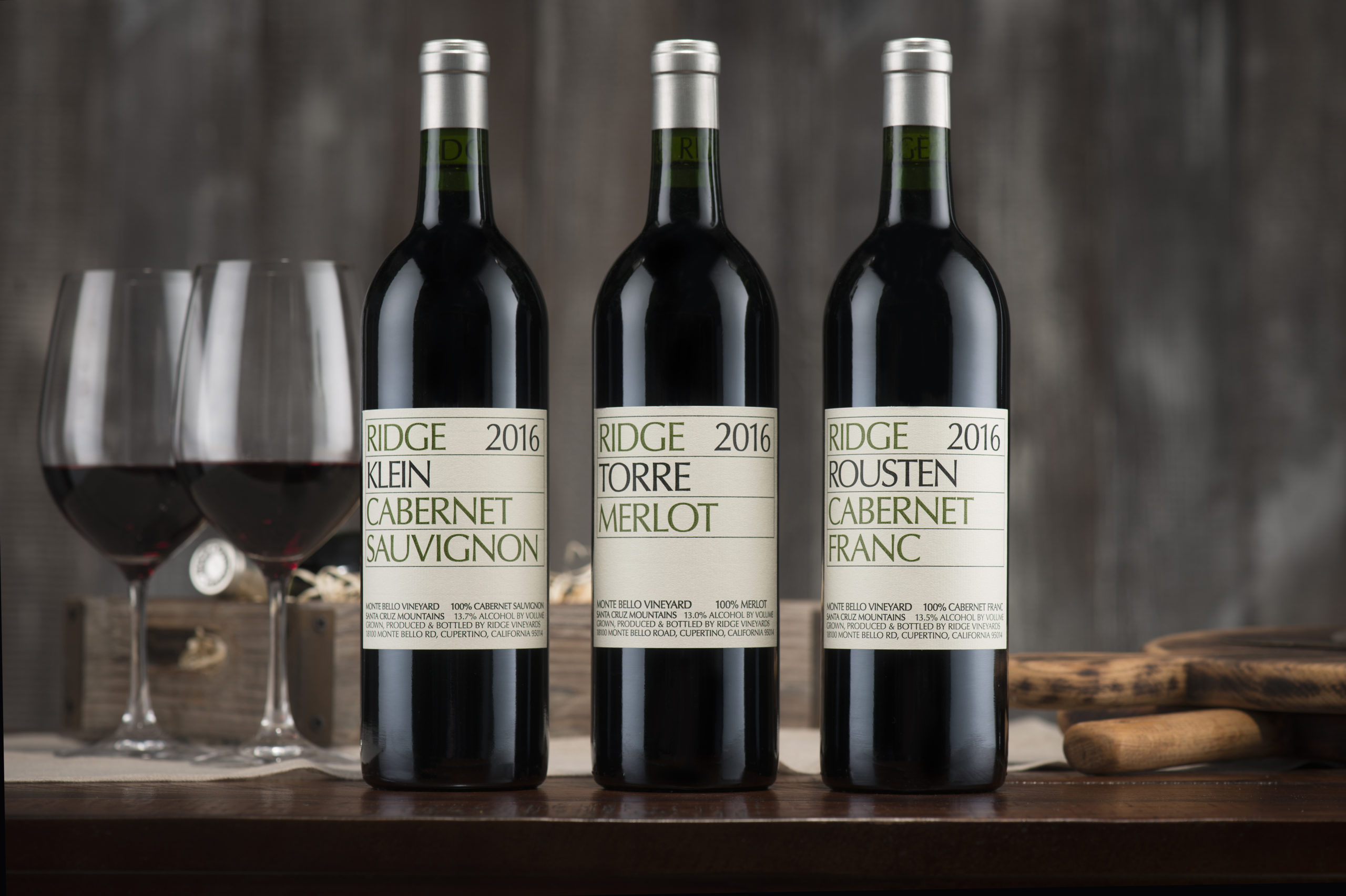
The robust flavors of cabernet sauvignon and Bordeaux blends are perfectly matched with hard cheeses like cheddar and gouda. The bold tannins and fruity notes of these wines complement the savory intensity of aged cheeses.
Pinot Noir
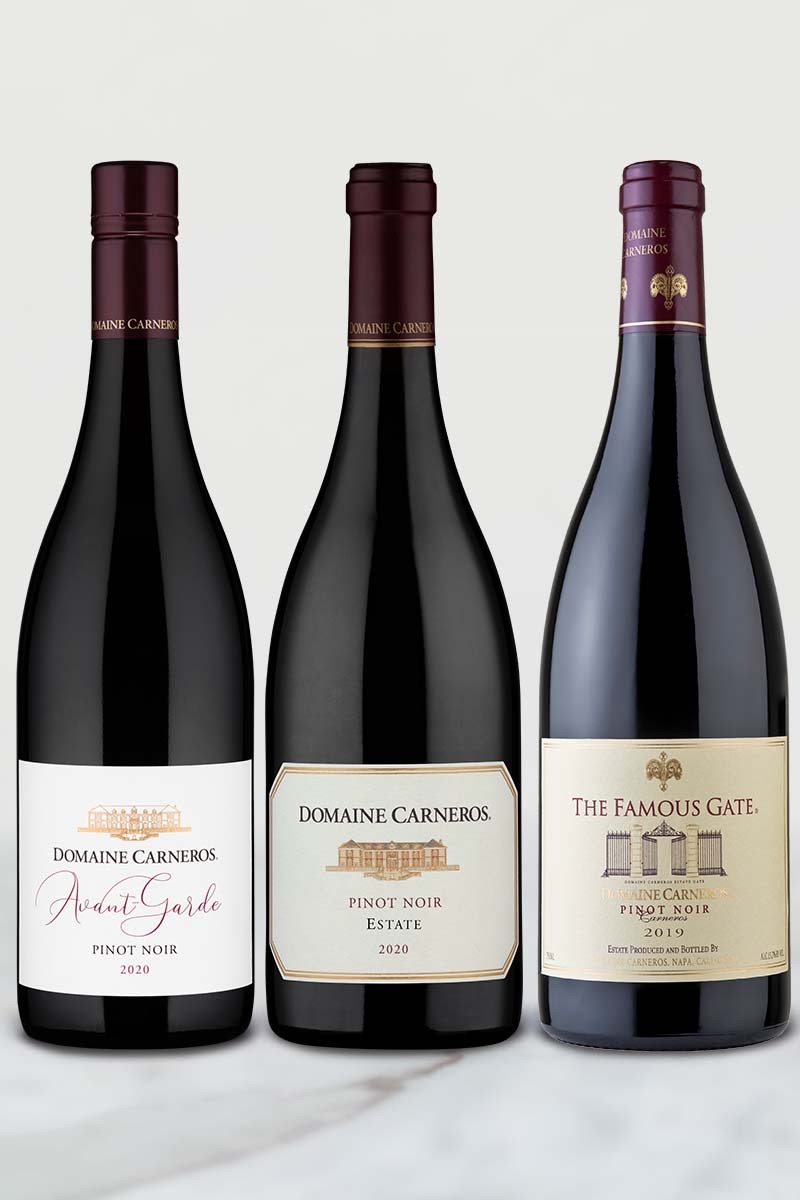
Pinot noir’s elegant and nuanced character makes it an ideal companion for soft cheeses like brie and camembert. The subtle earthiness and bright acidity of pinot noir enhance the creamy textures and delicate flavors of these cheeses.
Rhône and Southern French Reds
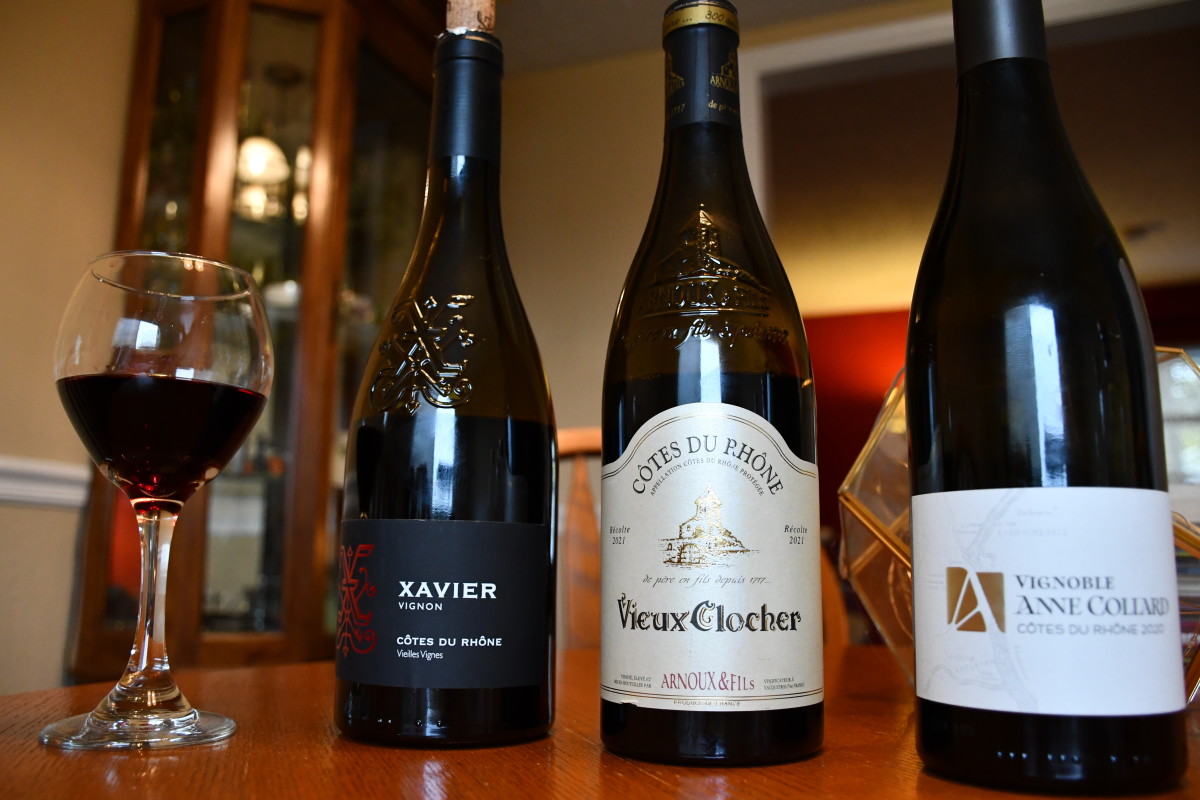
The versatile and food-friendly nature of Rhône and southern French red wines makes them excellent choices for cheeseboards featuring a variety of French cheeses. Their balanced acidity and complex flavor profiles harmonize with a range of cheese textures and intensities.
Rioja

Rioja’s vibrant fruitiness and subtle oakiness complement the nutty sweetness of sheep cheeses like Manchego. The smooth tannins and lingering finish of Rioja wines enhance the richness of aged cheeses without overpowering their flavors.
Chianti
:max_bytes(150000):strip_icc()/Chianti-Comes-Through-XL-MAG0223-89070b3b27df4ebaa5823553bc3ff2a3.jpg)
Chianti’s bright acidity and cherry-forward flavors make it a natural pairing for hard Italian cheeses like Parmigiano Reggiano and pecorino. The wine’s refreshing acidity cuts through the saltiness of these cheeses, creating a harmonious balance of flavors.
Port

The rich and decadent character of port wine is a perfect match for the intense flavors of blue cheeses like stilton. The wine’s sweetness and fortified nature complement the creamy textures and pungent aromas of blue cheese, resulting in a luxurious tasting experience.
Sauvignon Blanc
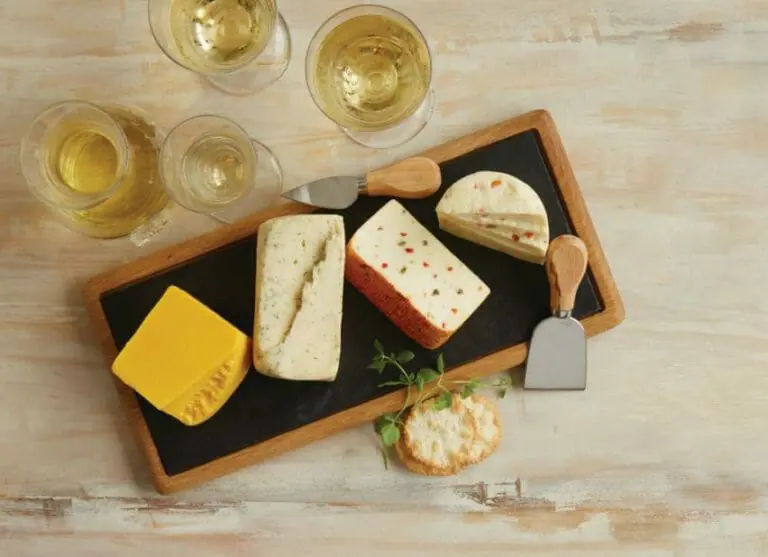
The crisp acidity and vibrant fruitiness of sauvignon blanc provide a refreshing counterpoint to the tangy acidity of goat cheese and feta. Additionally, sauvignon blanc pairs well with herbaceous and garlicky cheeses, enhancing their aromatic complexity.
Chardonnay

Chardonnay’s buttery texture and tropical fruit notes make it an ideal pairing for buttery cheddar cheese. The wine’s creamy mouthfeel and subtle oakiness complement the richness of aged cheddar, resulting in a decadent and indulgent pairing.
Pinot Grigio

Pinot grigio’s light and refreshing character is a natural fit for mild Italian cheeses like mozzarella. The wine’s crisp acidity and citrusy notes enhance the delicate flavors of fresh cheeses, making it an excellent choice for antipasti platters and light appetizers.
Champagne and Sparkling Wine

The effervescence and acidity of champagne and sparkling wine cut through the creamy textures of soft-ripened cheeses like Vacherin Mont d’Or and Chaource. The wine’s crisp bubbles cleanse the palate between bites, allowing the delicate flavors of the cheese to shine through.
Top Tips for Success
Before delving into specific pairings, it’s essential to grasp some fundamental principles of wine and cheese pairing. By understanding the interaction between wine and cheese flavors, textures, and intensities, you can make informed decisions that enhance the enjoyment of both.
Intensity Matching
Tip #1: Pair wines and cheeses with equal intensity. This principle forms the cornerstone of successful wine and cheese pairings. Matching the intensity of the wine with that of the cheese ensures a harmonious balance of flavors. For instance, delicate cheeses like Brie or fresh goat cheese pair beautifully with light-bodied wines such as Sauvignon Blanc or Pinot Grigio, while robust cheeses like aged Cheddar or Gouda complement full-bodied reds like Cabernet Sauvignon or Malbec.
Flavor Complementarity
Tip #2: Seek complementary flavors and contrasts. While intensity matching is crucial, complementary flavors and contrasts can elevate a pairing to new heights. Consider the interplay of sweet and savory, acidic and creamy, or salty and fruity. For example, the tangy acidity of goat cheese enhances the fruity notes of a crisp Chardonnay, while the saltiness of blue cheese balances the sweetness of a late-harvest Riesling.
Advanced Pairing Strategies

Now that we’ve covered the basics, let’s explore some advanced pairing strategies that will impress even the most discerning palates.
Age Matters
Tip #3: Match the age of the cheese with the age of the wine. Aging transforms both cheese and wine, imparting complexity and depth of flavor. Pairing young, fresh cheeses with youthful, vibrant wines ensures harmony of flavor profiles, while aged cheeses shine alongside mature, nuanced wines. For example, the nutty, caramelized flavors of aged Gouda complement the rich, earthy notes of an old vine Zinfandel, creating a symphony of flavors that linger on the palate.
Regional Pairings
Tip #4: Explore regional pairings for authentic flavor experiences. Wine and cheese are deeply rooted in regional traditions, reflecting the terroir and culinary heritage of their respective origins. Embrace this sense of place by pairing wines and cheeses from the same region. For instance, the tangy goat cheeses of the Loire Valley in France harmonize beautifully with the crisp, minerally Sauvignon Blancs of the region, creating a synergy of flavors that transports you to the French countryside with every sip and bite.
Texture Harmony
Tip #5: Consider texture harmony for a sensory delight. Beyond flavor, the texture of both wine and cheese plays a crucial role in shaping the tasting experience. Pairing wines with complementary textures enhances mouthfeel and overall enjoyment. For example, the creamy richness of a triple-cream Brie finds its match in the silky effervescence of a Champagne, creating a luxurious sensory experience that delights the palate.
Practical Tips and Tricks
Finally, let’s explore some practical tips and tricks to simplify the wine and cheese pairing process and ensure success every time.
Experimentation is Key
Tip #6: Don’t be afraid to experiment. While guidelines are helpful, there are no hard and fast rules when it comes to pairing wine and cheese. Embrace your curiosity and willingness to explore new flavor combinations. Host tasting parties with friends and family to discover unexpected pairings and expand your palate.
Keep it Balanced
Tip #7: Aim for balance. Balance is the key to a successful pairing, ensuring that neither the wine nor the cheese overwhelms the other. Pay attention to the interplay of flavors, textures, and intensities, striving for harmony in every sip and bite.
Personal Preferences Matter
Tip #8: Trust your taste buds. Ultimately, the best pairings are those that resonate with your personal preferences. Don’t be swayed by conventional wisdom or expert opinions. Trust your instincts and choose pairings that bring you joy and satisfaction.
Conclusion
Wine and cheese pairing is a journey of discovery and experimentation. While traditional pairings provide a solid foundation, don’t be afraid to explore new combinations and push the boundaries of your palate. With a spirit of curiosity and a willingness to explore, you’ll uncover a world of delightful flavors and unforgettable experiences in the timeless art of wine and cheese pairing. Cheers to your culinary adventures!
I’m Chen Mina, from Vol de Nuit, who has a special passion for bartending, especially mixing wine, beer, and cooktail. Here you will find content about alcoholic beverages, I will bring you knowledge that few people know about this drink.





